Fusarium Fallout: Sugar Industry on the Brink
Fifty million dollars in losses, and that’s just the beginning. Belize’s sugar industry is facing a serious threat, and it’s coming from a fast-spreading plant fungus called fusarium. It crossed over from the north in 2024 and wasted no time, covering five miles in just five weeks. Now, not a single sugarcane field in northern Belize has been spared. So, what exactly is fusarium? How does it wreak havoc so quickly? And more importantly, what’s being done to stop it before the next crop is wiped out? News Five’s Paul Lopez breaks it all down in this week’s Five Point Breakdown.
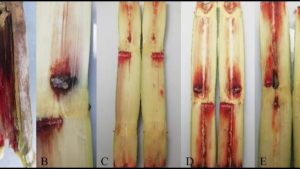 (Where Did Fusarium Originate?)
(Where Did Fusarium Originate?)
It started just across the border in Chetumal, and now it’s taken over every sugarcane field in northern Belize. Researchers at the Sugar Industry Research and Development Institute, SIRDI, have traced the origins of the destructive fusarium fungus to neighboring Mexico. In just a few months, it spread like wildfire, carried by air, water, and even heavy machinery, wreaking havoc across Corozal and Orange Walk. The fungus attacks the plant’s roots, cutting off its access to water and nutrients, and forcing it to fight for survival.
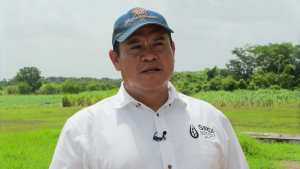
Marvin Garcia
Marvin Garcia, Extension Officer, SIRDI
“But since this fusarium is so aggressive, it cannot fight it. We need to the plant in this case.”
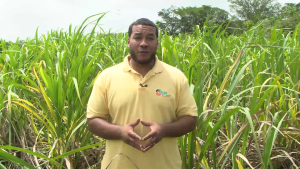 Paul Lopez, Reporting
Paul Lopez, Reporting
Sugarcane is the economic lifeline in northern Belize and now this all-important plant is being wiped out by a deadly soil-borne fungus, fusarium. Today, we found out that of the tens of thousands of acres not a single one is fusarium free.
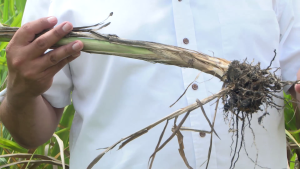 (How Fusarium Attacks)
(How Fusarium Attacks)
Marvin Garcia
“Once the fusarium is in the roots, they concentrate themselves in blocking the xylem, responsible for transporting the water to the plants. Once that is blocked nothing can go up and they start to deteriorate the roots. Once that happens like what you are seeing, this is a plant that has seven leaves; two of them are healthy. The rest are already infected with the yellow coloration. The ones infected are not fully functioning doing photosensitize.”
(Policy Makers Declare Existential Crisis)
There’s growing concern in the sugar industry, and stakeholders are sounding the alarm. If the fusarium fungus continues to spread, the 2026 crop could see some of the lowest sugar yields in history. And the warning signs are already here. Just five days ago, this year’s sugar season came to an early and disappointing end, with Prime Minister John Briceño calling it the worst crop in recent memory. The industry’s projected loss this year is estimated at fifty million dollars. The prime minister declared the fusarium attack an existential crisis.
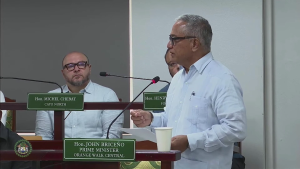
Prime Minister John Briceño
Prime Minister John Briceño
“We cannot and we will not allow, what happened to the sugar industry in the south to happen to our sugar cane farmers in the north.”
The Minister of Agriculture, Jose Mai says the worst may be ahead of us.

Jose Mai
Jose Mai, Minister of Agriculture
“We expect that those fields showing mild chlorotic symptoms will produce very little cane this year coming. If we see a field showing one third chlorotic symptoms, by the end of this year the entire field will be covered.”
(Farmers Taking Home Less Income)
Farmers who rely on bank loans to grow sugarcane are feeling the pinch. With crops dying and yields dropping, many are struggling to cover basic needs like education and household expenses. On Monday, four sugar associations came together with a clear message: the industry is at a breaking point. They’re now calling for higher prices on molasses, local sugar, and electricity generation to help offset their growing losses.
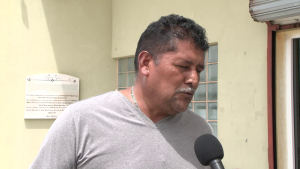
Alfredo Ortega
Alfredo Ortega, Chairman, BSCFA
“As we speak right now, today is them, and this fusarium is spreading fast. So, if we don’t do anything right now, if we don’t get the assistance needed then we will end up with a sugar industry where we don’t have any production.”
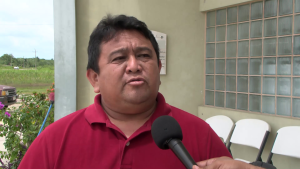
Vladamir Puck
Vladamir Puck, Chairman, CSCPA
“How will they service their fields, how will they feed their families? That is something this government should look after, how this year or how future years will be treated.”
(Trichoderma: The Hope of the Sugar Industry)
But all hope is not lost in the medium and long term. There is a silver lining in this dark cloud, Trichoderma is a fungus proven to be stronger, more aggressive and able to defend the sugarcane plant against fusarium. The experts at SIRDI are studying this defense mechanism, using four strains from different parts of the world, through confrontation tests.

Luis Gongora
Luis Gongora, Laboratory Officer, SIRDI
“As you can see from the plates, this white stuff is the fusarium affecting the sugarcane. And then the green stuff here is the Trichoderma fungus. As you can observe here it already engulfed the fusarium here.”
Paul Lopez
“How are these one performing?”
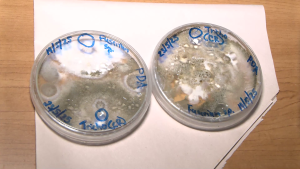 Luis Gongora
Luis Gongora
“Pretty good also. Here at the top is the fusarium and the green stuff here is the Trichoderma. It has reached to the point where the fusarium is. So the fusarium wont continue developing. And this other plate, the Trichoderma has already engulfed the fusarium and you cannot see it here. It means this strain is pretty good, aggressive.”
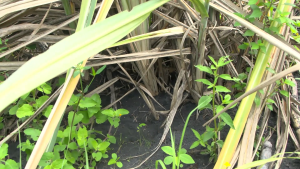 Marvin Garcia
Marvin Garcia
“This is a very serious pest we have. It is going to really affect us. But after all I have this confidence that the roots are going to get clean over again and we are going to continue. We might be living along with this pest, but we will still be able to produce.”
The Government of Belize has already committed five hundred thousand dollars to a pilot project that will see this biological control applied to fields to combat fusarium. Reporting for News Five, I am Paul Lopez.




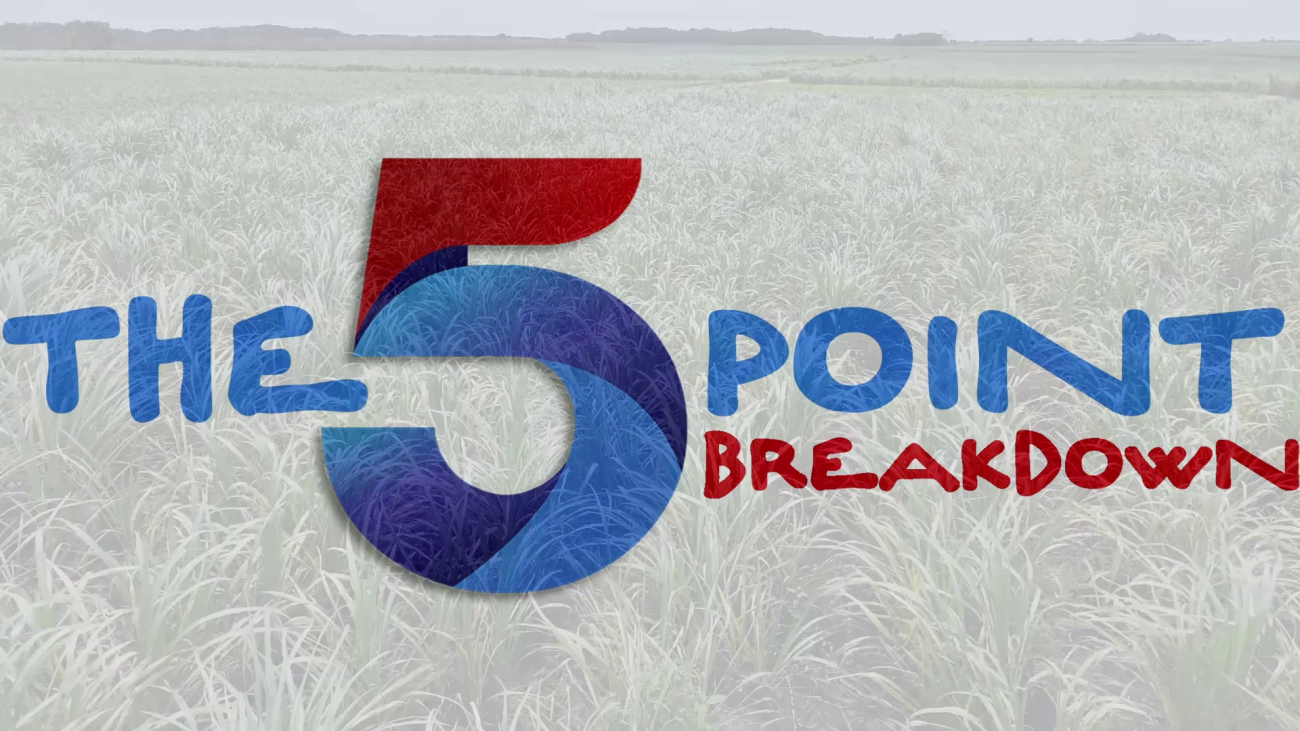

Facebook Comments